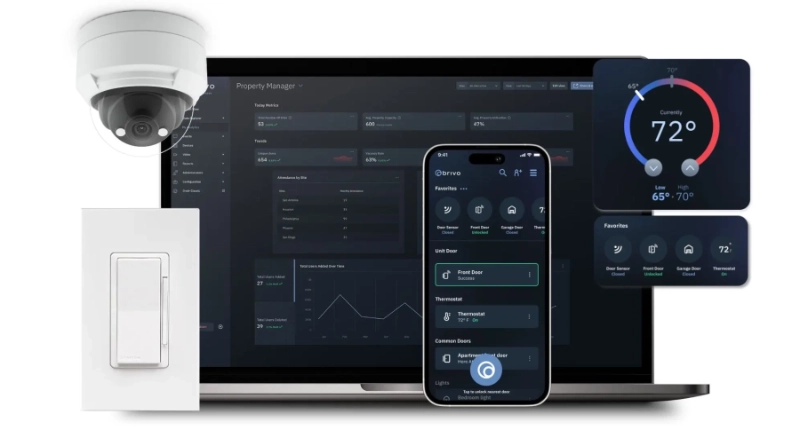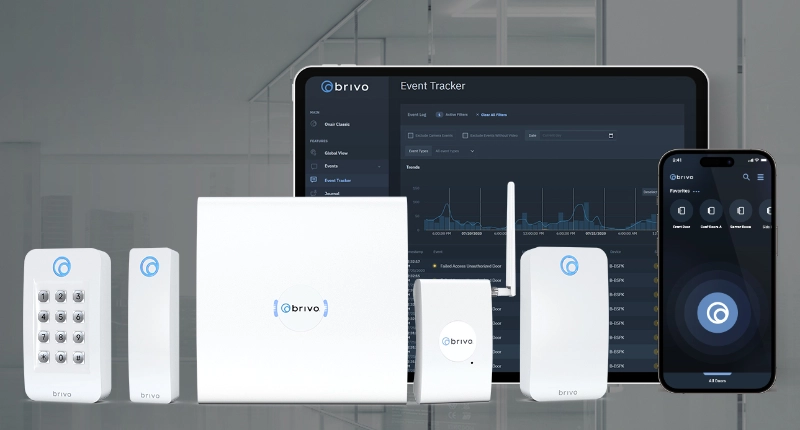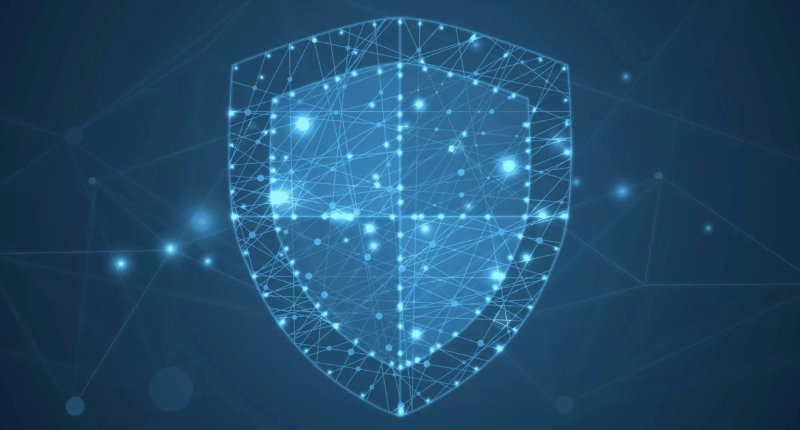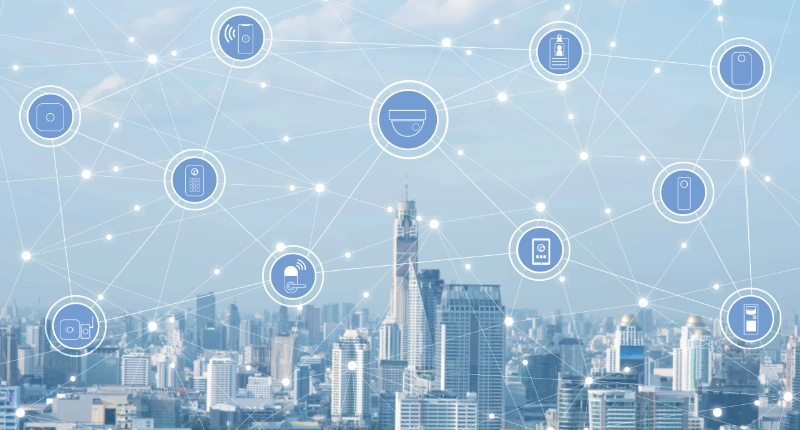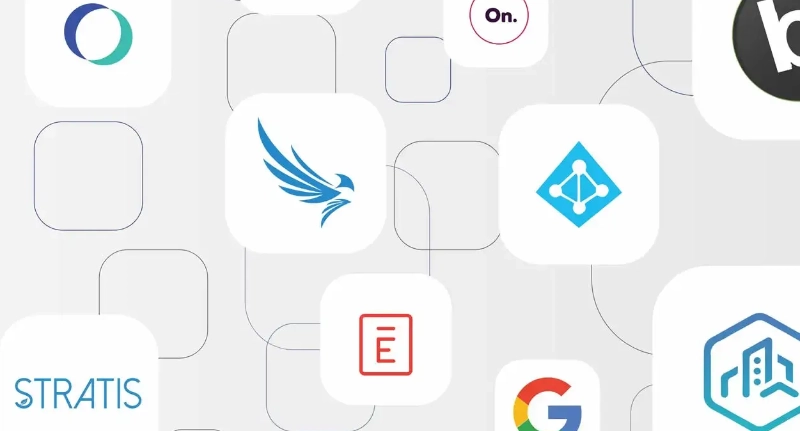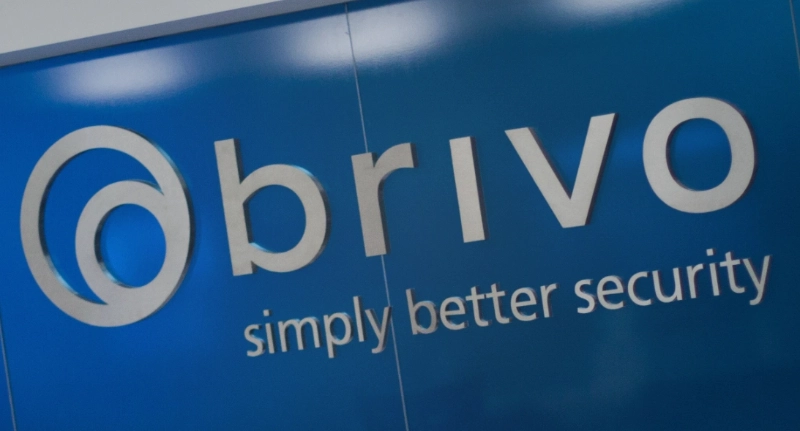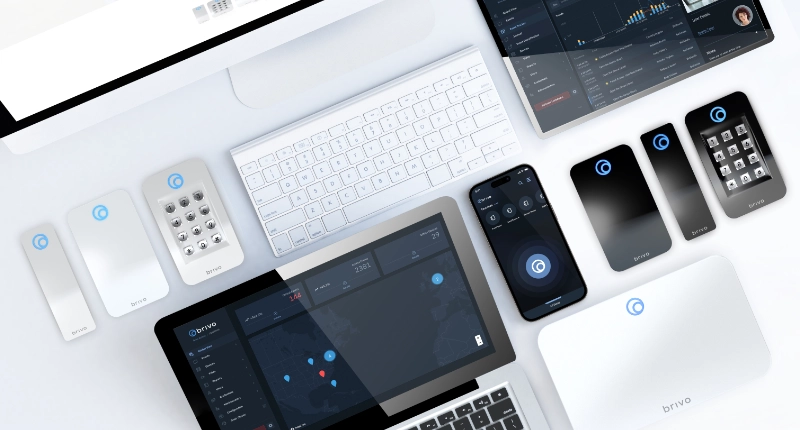As companies create plans to bring employees safely back to the office, we are seeing the emergence of a new and important decision-maker in the security landscape – human resources.
Why HR? Human resources are responsible for the coordination and execution of employee policies and communicating those policies to the greater organization.

HR has the responsibility to update new office protocols and help get employees back to work in the office while keeping them safe and protecting the organization.
Since the start of COVID, security and specifically access control has moved from ‘nice to have’ to ‘need to have’ for all organizations. Access control, as a form of physical security, will require an HR review to help manage who has access to an area at any time, how best to implement policies, how to communicate clearly to the organization, and stay within the limits of privacy and employment compliance laws.
Here are 4 reasons why HR needs to be part of your security planning:
1 – Policy makers and managers
Many access control issues require HR input. HR professionals are experts on labor and employment laws, local and state employment and health and safety policies, and company policies, so it is critical for HR to have a seat at the table. The first step in getting the office reopened is to review the existing policies and identify areas that need to be updated.
HR can contribute their valuable knowledge to determine what a company needs to implement to open offices. Policies on travel, remote work, and health requirements are the domain of HR and are the first level of review for making a plan.
2 – Health and welfare advocate
HR is an advocate for the employees and responsible for health and welfare. Security is not just relegated to doors and locks, you need an ally in HR to help implement solutions to keep your business and your people safe. HR will help craft policies and best practices for implementation and communicate to the workforce around issues including:
- Who will come back to the office
- How to create a more hands-free and touchless environment
- How to control who has access to the office
- What technology solutions like mobile credentials and identity management systems will help most with compliance
In many companies the staffing and management of the front desk, the first line of defense in letting people back into work space, is managed by HR. Therefore the decisions around health screenings or temperature checks at that gateway and how to implement those measures should be left up to HR.
3 – Data and privacy expertise
HR also has expertise on data privacy and enforcement of data laws around protecting individuals information. Human resources bring an important set of knowledge and skills to the table. Implementing new policies will have to be reviewed through the lens of data privacy obligations including GDPR in Europe, CCPA in California, BIPA in Illinois, the Shield Act in New York and The German Privacy Act, to name just a few. Larger customers who integrate security solutions with identity management capabilities will require human resources to make sure the new policies comply with data collection and storing requirements.
4 – Communication with employees
As a liaison between an organization’s management and its employees, HR has the responsibility to communicate new policies and procedures to the employees and manage the impacts of those changes on the company.
Access control and video systems can be part of a multi-faceted approach to help address the return to work. If you have the right cloud-based access control solution, you can manage everything from employee health screenings, mobile credentials, contact reporting, visitor management and screening through your security platform. These new procedures can be daunting to employees so making sure they are implemented and communicated successfully are critical.
For many years, the market has discussed convergence between the physical and IT security domains and how they need to work together to make the right security decisions for companies. With a strong push from COVID-19, this convergence has rapidly evolved into a “trivergence” where the physical security and IT decision-makers have been joined by human resources to create a triumvirate of forces to tackle how to bring offices back online.



